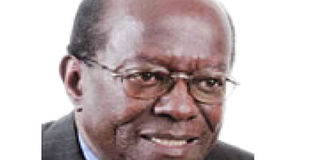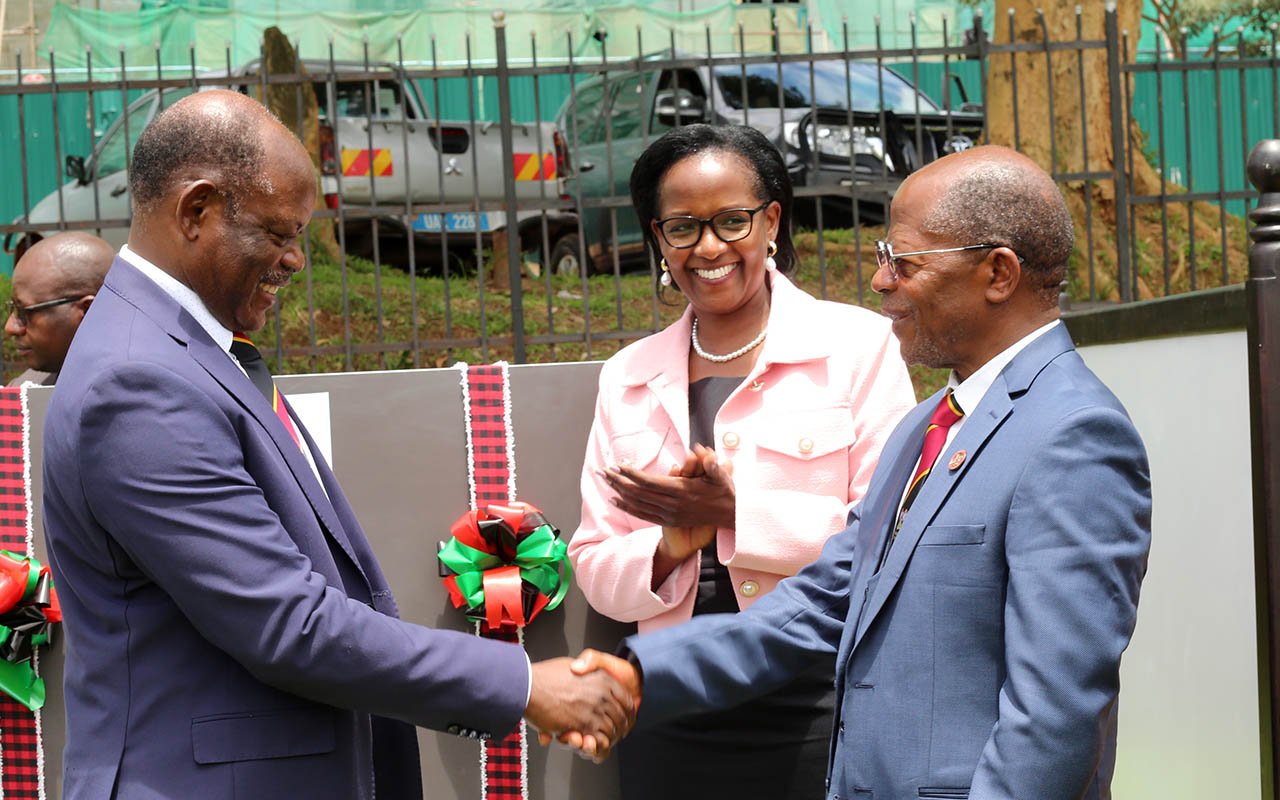Claim by Land Commission that it owns Chogm park land is incorrect

The row which erupted between Kampala Capital City Authority and Uganda Land Commission over ownership of Chogm Monument Park demonstrates the confusion which reign in land matters.
The land in question is part of the 37 square miles, which fall within the original Kampala municipal authority boundaries.
The claim by the chairman of the Uganda Land Commission that the land belongs to the Commission because it is public land is legally incorrect. Public land ceased to exist upon the coming into force of the 1995 Constitution.
According to Article 239 of the Constitution, Uganda Land Commission is charged with management of land vested in or acquired by the government in accordance with the provisions of the Constitution. According to the above provision, land cannot be vested in the Uganda Land Commission as such.
On the other hand, the claim to ownership of the land in question by KCCA is traceable to the Buganda Agreement of 1900 under which the Kingdom of Buganda agreed to avail 51 square miles of land to the government for purposes of setting up government stations at Kampala, Entebbe, Masaka, Mubende and Njeru. The total area given to Kampala measured 37 square miles.
During the colonial days, Kampala Town Council issued leases from freehold interest, which was vested in Her Majesty the Queen through the Governor. The Buganda Agreement of 1900 came to an end in 1961 when a new agreement was entered into in 1961.
According to this agreement, the 37 square miles were technically returned to Buganda, but leased back to the government for 90 years (renewable) at a peppercorn rent of Shs1 per year.
The Uganda Land Commission was created under the 1967 Constitution, which abolished the Buganda government. Section 5 of the Land Law of 1908 created what was known as the official mailo, which catered for land which was held by a person by virtue of his office.
This law was later replaced by the Official Estates Ordinance of 1919, which extended the idea of trusteeship ownership to other interests, including the 350 square miles attached to the office of the Kabaka. This land was vested in the Uganda Land Commission upon abolition of kingdoms.
However, the 30 square miles did not vest in the Commission since they were not official mailo.
In the 1960s, the government introduced the system of statutory leases to deal with the situation in which Kampala City Council was giving out leases although the leasehold title from Buganda Kingdom vested in the government.
To resolve this conflict, KCC was given a statutory lease over the land under its jurisdiction from which it could grant sub-leases and this system worked well until the capital city was equated to a district in the 1980s.
Management of land matters in the district became the responsibility of district land boards. The 1995 Constitution made Kampala to be one of the three units which form the Republic of Uganda - the other two being the region and the district.
Article 176 provides that the system of local government shall be based on the district as a unit. This means that Kampala Capital City Authority is not a local government and has full authority to manage the land within its perimeter pursuant to the statutory lease, which was given to it by the government.
In the premises, KCCA is the owner of Chogm Monumental Park land to the exclusion of the Uganda Land Commission which has neither a constitutional nor historical claim to the land.
Further Kampala District Land Board is administering Kampala land illegally since KCCA is not a district.
Mr Mulira is a lawyer.
[email protected]




